The Lao Cai - Hanoi - Hai Phong railway construction investment project is expected to create a construction market worth about 4.4 billion USD, and is estimated to create about 90,000 jobs during the construction period.
The Lao Cai - Hanoi - Hai Phong railway construction investment project is expected to create a construction market worth about 4.4 billion USD, and is estimated to create about 90,000 jobs during the construction period.
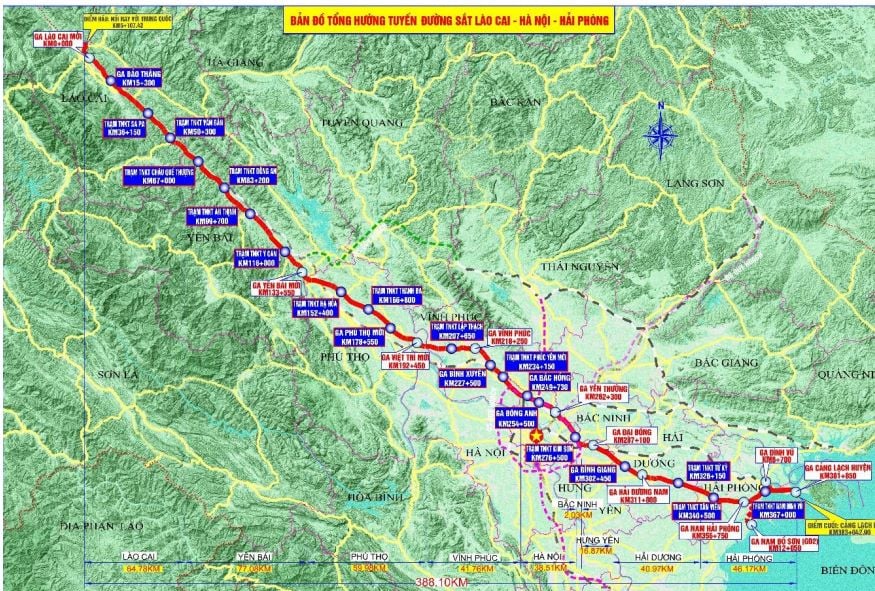 |
| Overview map of Lao Cai - Hanoi - Hai Phong railway route. |
This is one of the notable information in the Pre-Feasibility Study Report of the Lao Cai - Hanoi - Hai Phong Railway Construction Investment Project proposed by the consulting consortium headed by the Transport Engineering Design Corporation (TEDI).
Accelerating investment in railways
 The project has a total length of 403.1 km, including a main line of 388.1 km and two branch lines of 15 km. The Lao Cai - Hanoi - Hai Phong railway is a particularly important main line in the railway system, with international connections and is a grade 1 railway - gauge of 1,435 mm. The project has a total investment of about 194,929 billion VND (equivalent to about 8.027 billion USD).
The project has a total length of 403.1 km, including a main line of 388.1 km and two branch lines of 15 km. The Lao Cai - Hanoi - Hai Phong railway is a particularly important main line in the railway system, with international connections and is a grade 1 railway - gauge of 1,435 mm. The project has a total investment of about 194,929 billion VND (equivalent to about 8.027 billion USD). 
According to the TEDI consulting consortium, Vietnam’s railway system was formed in the early 2010s, after more than 100 years. Although upgraded and renovated, it has become outdated, unable to meet demand and has actually lost market share in the corridors and routes that were previously advantageous.
The role of railways is gradually losing, contributing to high logistics costs, traffic safety risks, increased environmental pollution, limiting the development of urban areas with railways passing through, and affecting the country's competitiveness.
Entering the 21st century, for the first time in the document of the 13th National Congress of Delegates, there was a request to "Pay due attention to the development of railway transport".
Regarding the Lao Cai - Hanoi - Hai Phong railway line, the Party Central Committee and the Politburo have issued many Resolutions and Conclusions related to the policy of early investment to complete this strategic railway line such as: "research and early investment in the construction of a number of railway lines connecting with economic zones, industrial parks, airports and seaports" in Resolution No. 29-NQ/TW, "strive to complete procedures and start investment in 2025 for the Lao Cai - Hanoi - Hai Phong railway line" in Conclusion No. 97-KL/TW, "prioritize investment resources to complete the Lao Cai - Hanoi - Hai Phong line..." in Conclusion No. 72-KL/TW.
Recently, the Central Government and the National Assembly decided on the policy of investing in a high-speed railway on the North-South axis, demonstrating strong political determination in implementing the strategic project as the country enters a new era.
“The investment project to build the Lao Cai - Hanoi - Hai Phong railway will be the next project to realize the policy set forth by the Party Central Committee and the Politburo,” said a TEDI representative.
In addition, according to the National Master Plan, Vietnam has oriented development according to 13 economic corridors, in which the Lao Cai - Hanoi - Hai Phong economic corridor is the corridor with the second largest demand for passenger and cargo transport in the country (after the North - South economic corridor in the East), at the same time the Lao Cai - Hanoi - Hai Phong economic corridor is within the framework of the China - ASEAN Free Trade Cooperation Framework.
In economic corridors with high transport demand, railway transport plays an important role due to its advantages in transporting large volumes and low costs.
“The new 1,435 mm gauge railway is a strategic transport project of the Lao Cai - Hanoi - Hai Phong economic corridor, connecting urban centers and large industrial zones in the Northern Midlands and Mountains, the Red River Delta, and is the shortest railway route for transporting goods from the Southwest region of China to international seaports,” the consultant representative analyzed.
According to calculations, the Lao Cai - Hanoi - Hai Phong railway connects the Ha Khau - Lao Cai international border gate with the Hai Phong international gateway seaport, passing through 9 localities, accounting for about 20%, 25.4% and 25.1% of the country's population, GRDP and industrial zones, respectively.
Based on traffic survey data, updating spatial development orientation, socio-economic development, traffic infrastructure development of the research area and using advanced forecasting models for calculation, the results show that by 2050, the total transport demand on the corridor will be about 397.1 million tons of goods and 334.2 million passengers.
To restructure the transport market share, improve transport quality, reduce logistics costs to ensure sustainable development, based on the role and advantages of each transport mode, railway transport needs to handle about 25.6 million tons of goods and 18.6 million passengers.
Meanwhile, the existing 1,000 mm gauge railway has a small curve radius, a large slope, an average operating speed of 50 km/h, cannot connect to intermodal transport, and has low competitiveness, only meeting about 4.1 million tons of goods, 3.8 million passengers, serving short-distance tourists, some goods, and industrial raw materials.
Therefore, it is necessary to invest in a new railway line to meet the increasing transportation demand on the Lao Cai - Hanoi - Hai Phong corridor, contributing to restructuring the transportation market share, reducing logistics costs, and ensuring sustainable development.
A boost for mechanical engineering
Another positive impact of the Lao Cai - Hanoi - Hai Phong railway construction investment project is the participation in creating a domestic construction and mechanical industry market.
According to calculations, the investment in the construction of the Lao Cai - Hanoi - Hai Phong railway line creates a construction market worth about 4.4 billion USD, estimated to create about 90,000 jobs during the construction period and about 2,500 long-term jobs during the operation and exploitation process.
If the national railway system is included, urban railways will create a construction market of about 98.2 billion USD and millions of jobs.
At the same time, according to the railway network planning, in addition to the Project, the standard railway system needs to be newly built about 1,953 km, which creates a stable, long-term market to continue implementing projects in the next phase.
If appropriate technology is transferred, Vietnam has the ability to develop the railway industry, including: mastering the construction industry; gradually mastering and localizing the manufacturing of train cars, power supply systems, information and signal systems; being self-sufficient in all operations, maintenance and production of some replacement components.
“Therefore, together with the high-speed railway project on the North-South axis, this project is a premise for developing the railway industry and supporting industries,” the consulting representative assessed.
As rail transport is the transport mode with the lowest emissions, an electric railway will be the optimal solution to transform the transport mode to contribute to achieving net zero emissions by 2050 as committed at the COP26 Conference.
At the same time, the railway line is being researched and applying modern technical solutions to reduce the negative impacts of weather, has an early warning system for earthquakes and natural disasters, so it is very safe, has the ability to withstand harsh weather and climate conditions, ensuring smooth and safe traffic on the vital traffic route of the Lao Cai - Hanoi - Hai Phong corridor.
“In addition, the existing railway line is limited in gauge, so investing in a 1,435 mm gauge railway line can transport special goods serving national defense and security, forming an additional mobility axis in emergency situations,” the Project Pre-Study Report stated.
 According to the Railway Network Planning for the period 2021 - 2030, with a vision to 2050, the railway network includes 25 railway lines, with a total length of about 6,354 km, including: 7 existing railway lines, 18 new railway lines, of which on the Lao Cai - Hanoi - Hai Phong economic corridor there are 2 lines: existing railway, single track, 1,000 mm gauge, which will continue to be maintained and exploited in accordance with demand; new railway, double track, 1,435 mm gauge, research and investment process before 2030.
According to the Railway Network Planning for the period 2021 - 2030, with a vision to 2050, the railway network includes 25 railway lines, with a total length of about 6,354 km, including: 7 existing railway lines, 18 new railway lines, of which on the Lao Cai - Hanoi - Hai Phong economic corridor there are 2 lines: existing railway, single track, 1,000 mm gauge, which will continue to be maintained and exploited in accordance with demand; new railway, double track, 1,435 mm gauge, research and investment process before 2030. 
Source: https://baodautu.vn/do-tac-dong-tu-sieu-du-an-duong-sat-8027-ty-usd-d244187.html


![[Photo] 60th Anniversary of the Founding of the Vietnam Association of Photographic Artists](/_next/image?url=https%3A%2F%2Fvphoto.vietnam.vn%2Fthumb%2F1200x675%2Fvietnam%2Fresource%2FIMAGE%2F2025%2F12%2F05%2F1764935864512_a1-bnd-0841-9740-jpg.webp&w=3840&q=75)
![[Photo] Cat Ba - Green island paradise](/_next/image?url=https%3A%2F%2Fvphoto.vietnam.vn%2Fthumb%2F1200x675%2Fvietnam%2Fresource%2FIMAGE%2F2025%2F12%2F04%2F1764821844074_ndo_br_1-dcbthienduongxanh638-jpg.webp&w=3840&q=75)




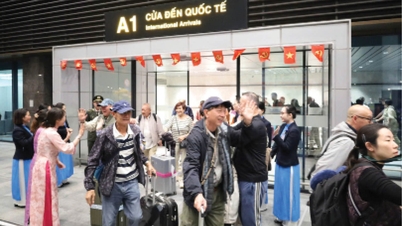

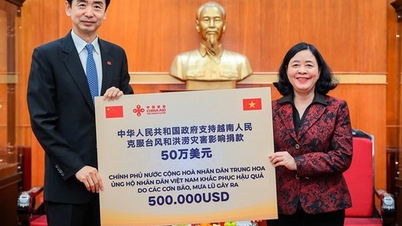

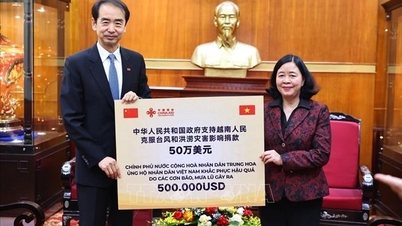



















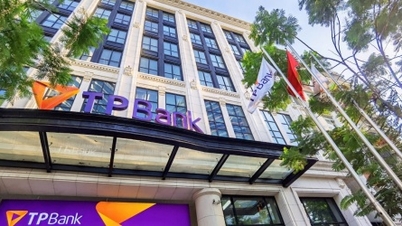



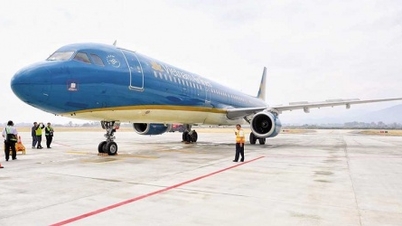






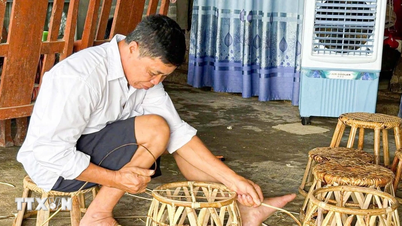







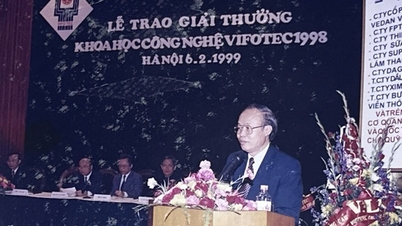


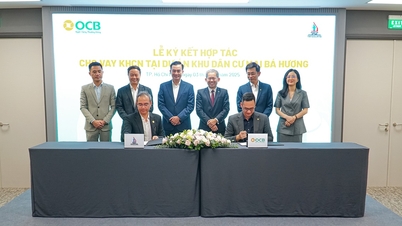


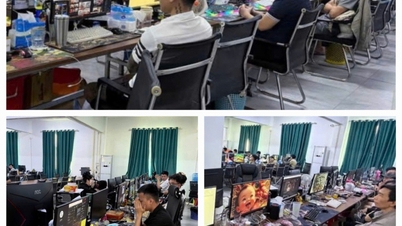
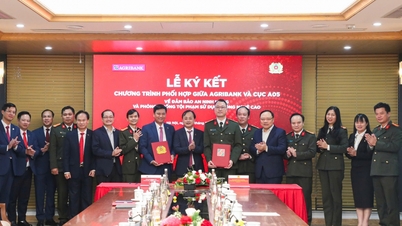

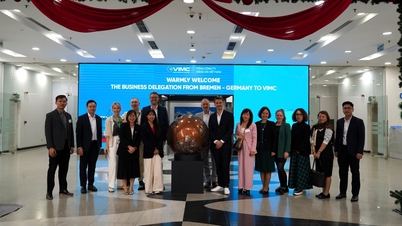













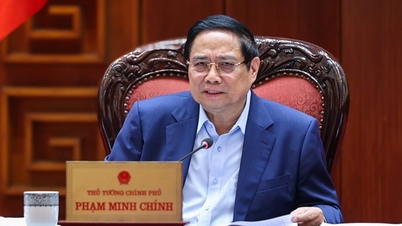

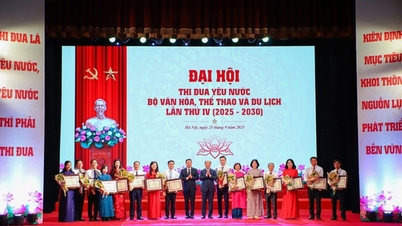


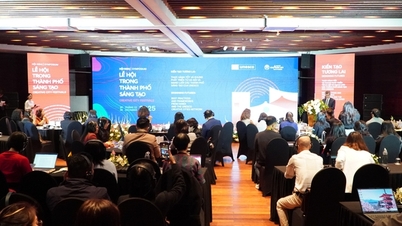

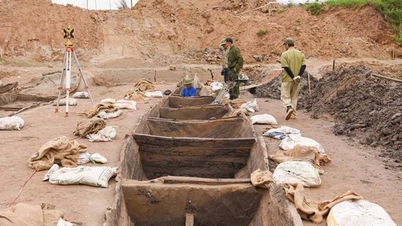






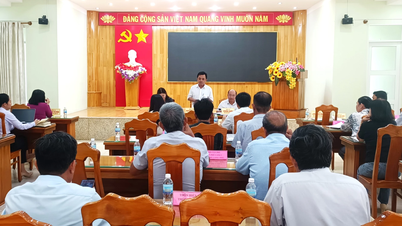
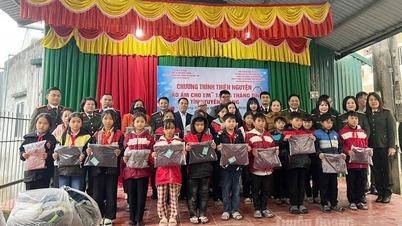




















Comment (0)